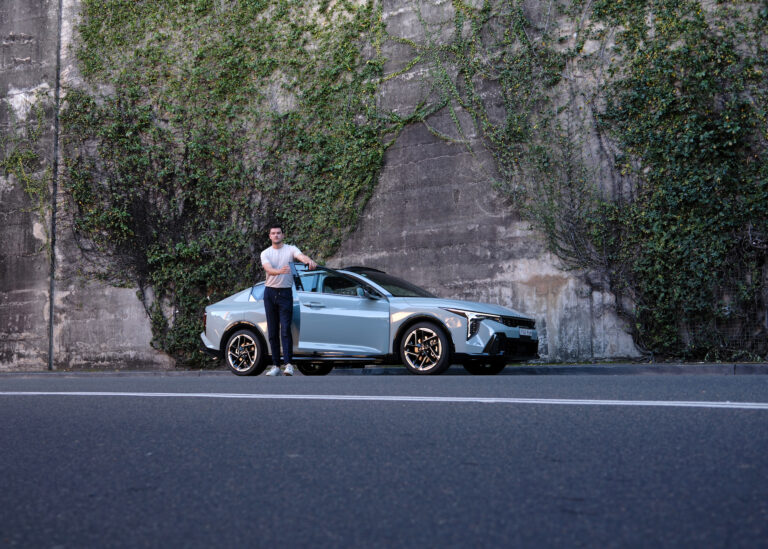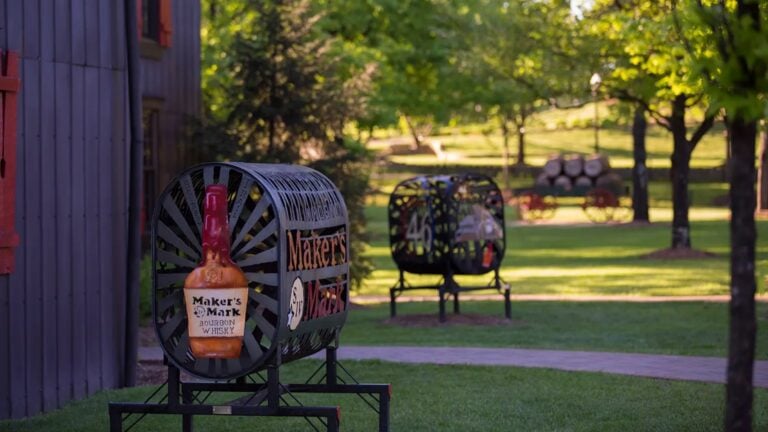It was almost too simple of an idea. But that was the beauty of it all – because it actually worked. This is the story behind the Isabella Stewart Gardner Museum heist – the largest theft of private property in American history with an estimated value of US$600 million. And spoiler alert, it remains unsolved to this day.
The night of the disappearance
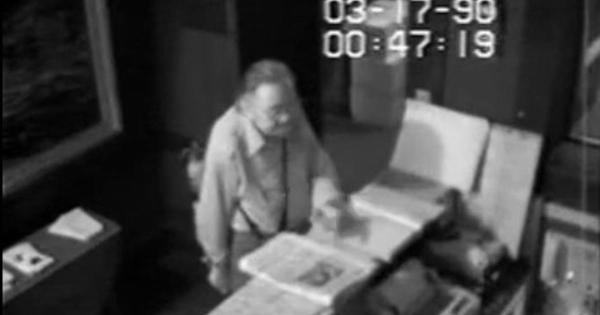
March 18th, 1990. Sunday morning. 12:30 AM. The early hours of the morning after St. Patrick’s Day. The perfect time to commit a high-profile crime. At this point, any would-be witnesses are completely inebriated, more so given the target in question resides at the heart of Boston. A stronghold for the working class and Irish-Catholic guilt – both of which are known to induce a certain level of thirst.
Soon after, two men dressed as police officers would arrive at the side entrance of the Gardner Museum in an unmarked hatchback. Again, any sober individual would be suspicious of police officers on the prowl in an unmarked hatchback, but there were no sober individuals in sight. Just children of the revelry. The two men buzzed the museum’s intercom system and explained they were called to investigate a disturbance. Fearing a St. Patrick’s Day reveller had somehow breached the newly bolstered security measures, the Gardener Museum’s nightwatchmen let them in to do their thing.
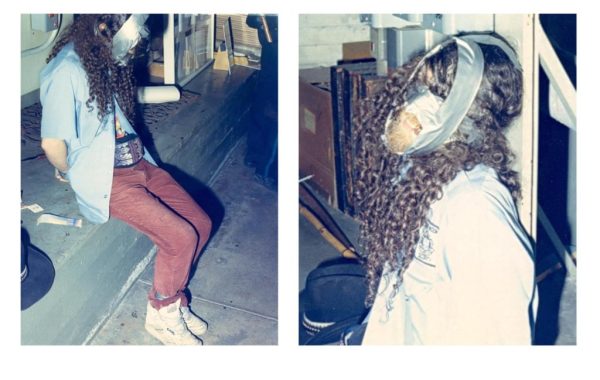
Here’s where the real finesse began. Once inside the building, the thieves demanded that all personnel return to the security desk, luring the only other guard to an ambush. While this was going on, the guard that had initially let the two thieves in was tricked into stepping away from the security desk where the panic button was located. In a matter of just ten minutes, both guards were handcuffed, bound and blinded with duct tape, and left tethered helplessly in the basement; essentially freeing up the daring criminal duo to work their way through the multi-million dollar catalogue on hand.
From there, it quickly devolved into a simple smash-and-grab affair. The thieves broke the glass frames and used a blade to cut the canvases out of their stretches. And they were smart about it too. Among the most notable half-finished lifts was a large Rembrandt oil painting with wood instead of canvas, taken off the wall and left to lean against a cabinet; a detail that lends itself to the theory that their manpower was strictly limited to the two who had made it in, with no other support waiting outside, thereby forcing them to only take whatever was easiest to transport. This detail also supports the theory that there was no definitive plan to target specific artworks prior to entering the museum (but more on this later).
The final stage before the thieves made their seamless exit involved a courteous bit of housekeeping. They made sure the guards were comfortable – asked whether they were still comfortable, even – only then making their way to the security director’s office where they removed the footage from closed-circuit cameras and data print-outs from the motion sensors. The entire robbery lasted just eighty-one minutes.
The $600 million haul
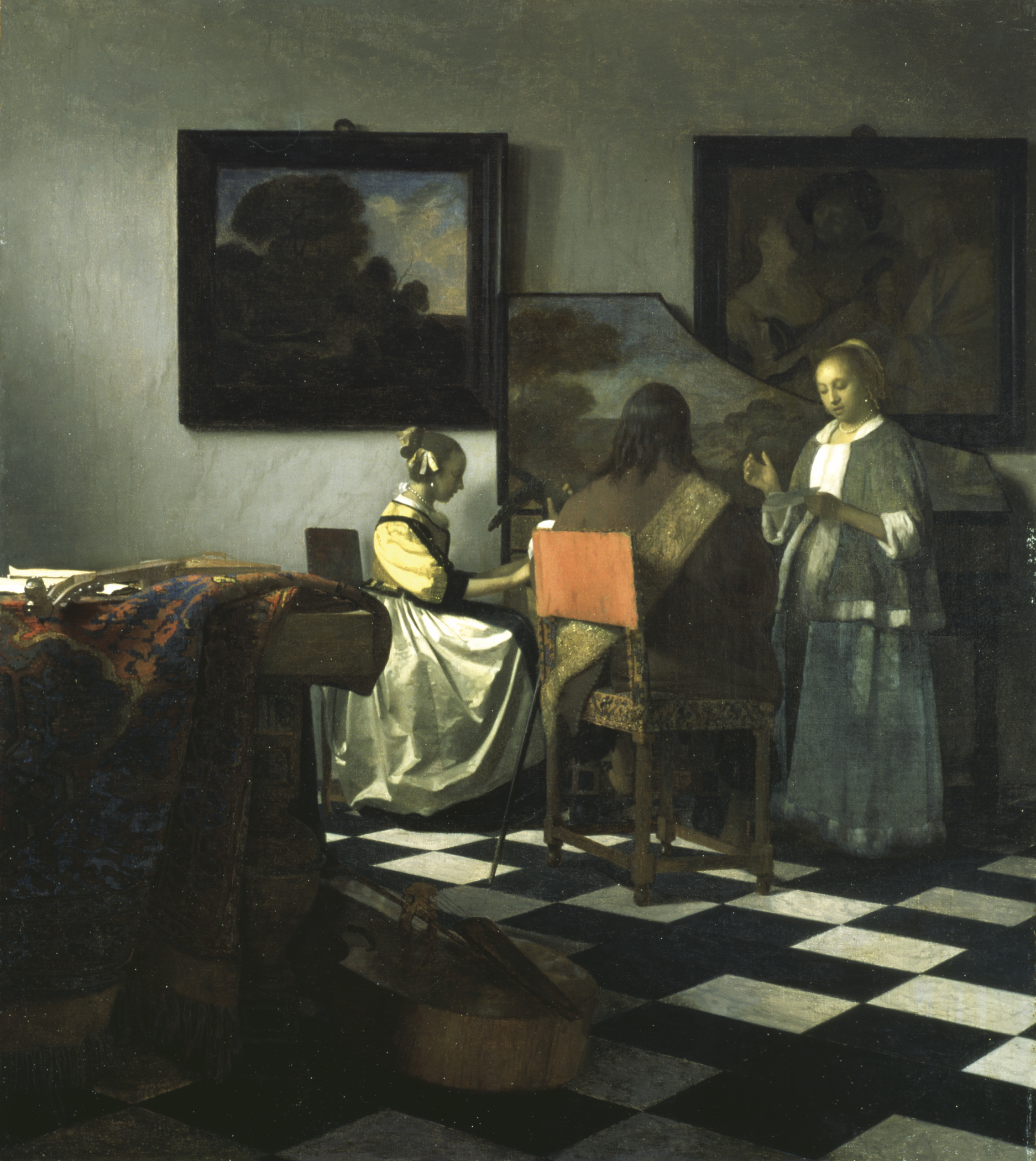
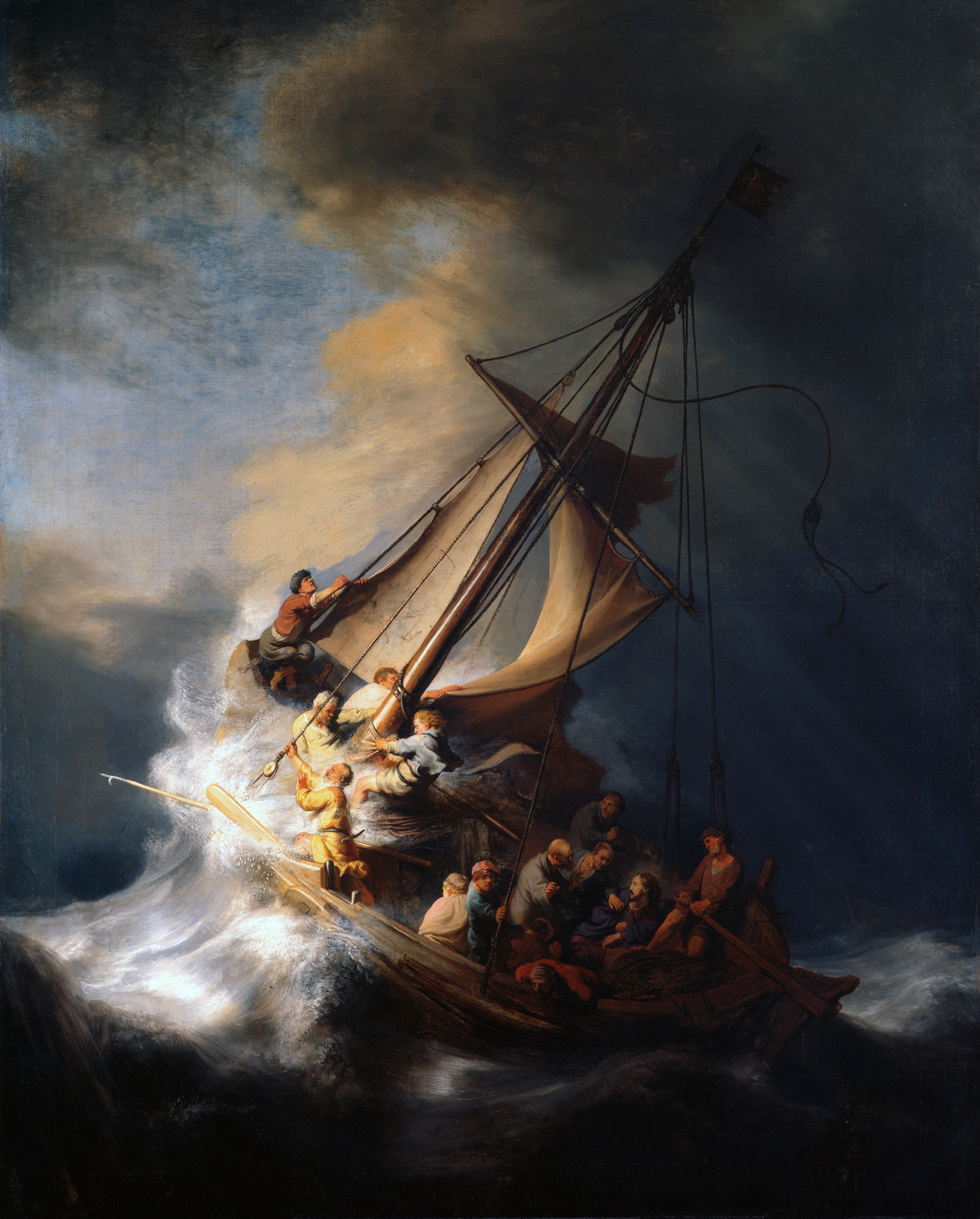









The haul was eyewatering in total value. The thieves managed to escape with:
- The Concert by Vermeer
- The Storm on the Sea of Galilee by Rembrandt
- A Lady and Gentleman in Black by Rembrandt
- Self-Portrait by Rembrandt
- Landscape with Obelisk by Flinck
- Chez Tortoni by Manet
- La Sortie de Pesage by Degas
- Cortege aux Environs de Florence by Degas
- Program for an Artistic Soiree 1 by Degas
- Program for an Artistic Soiree 2 by Degas
- Three Mounted Jockeys by Degas
- An ancient Chinese gu
- And a French Imperial Eagle finial
Initially, the FBI had valued the collection of thirteen stolen artworks to be worth somewhere in the ballpark of US$200 million. That estimate was later raised to US$500 million in 2000, and currently, expert suggestions indicate the true value could be worth a staggering US$600 million. Certainly enough to justify being labelled the largest theft of private property in American history. Vermeer’s The Concert alone is worth half of the total value, with an estimated value of US$250 million back in 2015. Suffice it to say, the scale and magnitude of this haul is truly in a league of its own.
Where the trail runs cold
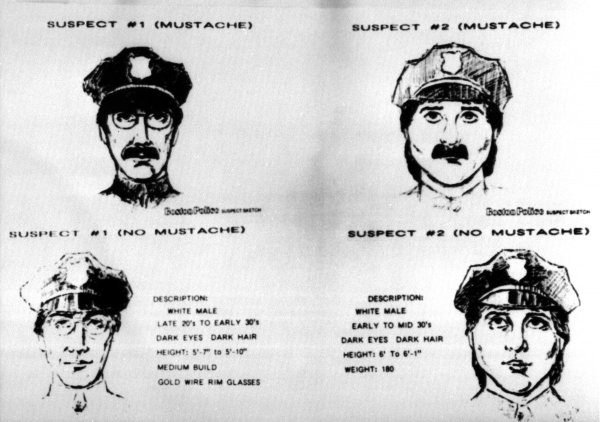
In criminal investigation, the key to uncovering the story and building a case requires means, motive, and opportunity. The means and opportunity are both fairly clear. But what has remained a mystery is the motive, beyond getting their hands on something of insane value. That’s where the trail runs cold.
For law enforcement to figure out the ‘who’, they needed to understand the ‘why’. The problem being the ‘why’ has since become muddled with far-flung and fantastical theories involving the Boston Mafia, the IRA, potentially Whitey Bulger, and prison breaks. To make things even more difficult, aside from witness descriptions of one thief being “about 5’9″–5’10” in his late 30s with a medium build” and the other as “6’–6’1″ in his early 30s with a heavier build” – there really are no further leads. No useful DNA evidence. No fingerprints that match with any suspects. Not even a convincing accusation that hasn’t been shot down by an iron-clad alibi.
One prevailing theory is that a gangster by the name of Bobby Donati orchestrated the heist in an effort to negotiate the release of his boss from prison. The chances of verifying this have since diminished significantly, as Donati was murdered a year after the robbery due to a gang war within the Patriarca crime family.

Yet another theory – which has a bit more weight in the conversation given its advocacy by individuals such as former Scotland Yard detective turned private investigator, Charles Hill – points to James ‘Whitey’ Bulger as the key to it all. Bulger was the most powerful criminal figure in Boston at the time of the heist, and Hill believes the haul was handed over to an IRA-affiliated gang in Ireland as part of some deal. Bulger also had a strong connection with the local police force, which would explain how the thieves acquired bona fide uniforms. Though he obviously claimed to have no knowledge of the theft and even feigned outrage as it occurred on this ‘turf’ without proper tribute being paid. The chances of verifying this has also diminished significantly, as Bulger was murdered in prison while serving his sentence two years ago.
The point is, if you take the time to search independently, you’ll find virtually endless branches of theories and suspects. None of which have ever been proven nor further illuminated the issue at hand.
Here’s where it gets even more interesting…

Suspects have been offered everything under the sun in exchange for useful information. But not one has ever revealed anything of substance. Federal prosecutors have even stated on the record that anyone who voluntarily returns the stolen artwork will not be prosecuted, as the statute of limitations expired in 1995 – meaning the thieves and anyone else who participated in this heist cannot be formally prosecuted.
Yet in the current year of 2019, authorities still have nothing to show for it. Even after dangling the exorbitant bounty of US$10 million simply for any information that could potentially lead to the thirteen artwork’s recovery, the ongoing investigation has yielded naught. And keep in mind that those who were involved could technically claim this very bounty themselves beyond the cold, harsh reproach of the law. Yet to date, none of the thirteen stolen pieces have ever resurfaced. Though given the profile of this unprecedented heist is, whoever so happens to be in possession of them would be wise in never letting them resurface.
What we know for sure is that they must have a high appreciation for the arts, or else they would be virtually worthless sitting in a vault somewhere. Anyone who was in on this purely for the money would have surely surrendered at the first chance of the reward; and let me remind you, there have been multiple chances. Each one without legal repercussions post-1995.
If they had ever popped up on the black market at any point in time, someone would surely be talking about it, especially since it’s not just a single artwork. That kind of haul doesn’t just change ownership without drawing attention. Or, we can subscribe to the theories that speculate they were used as a bargaining chip. Either way, it begs the $600 million question that hundreds before us have asked…
What the hell happened to the artworks?




